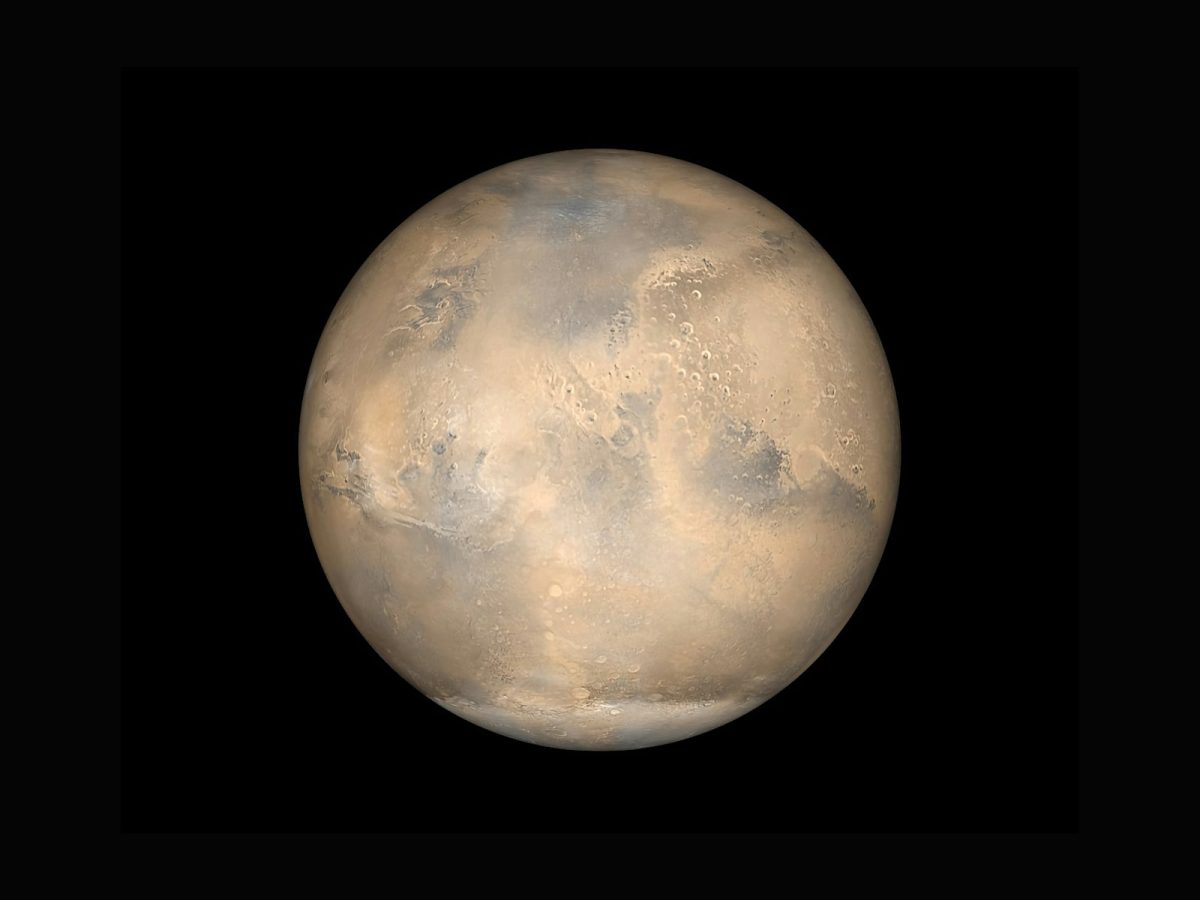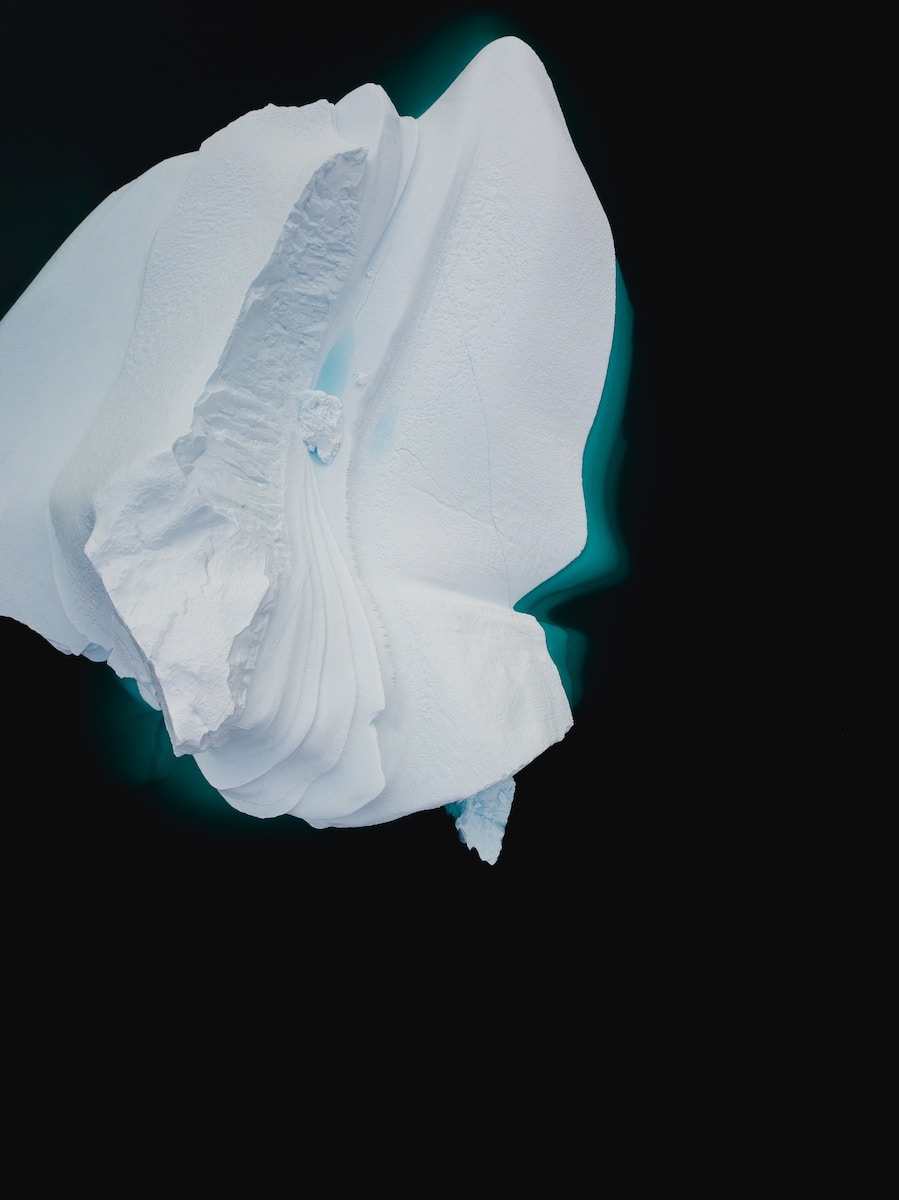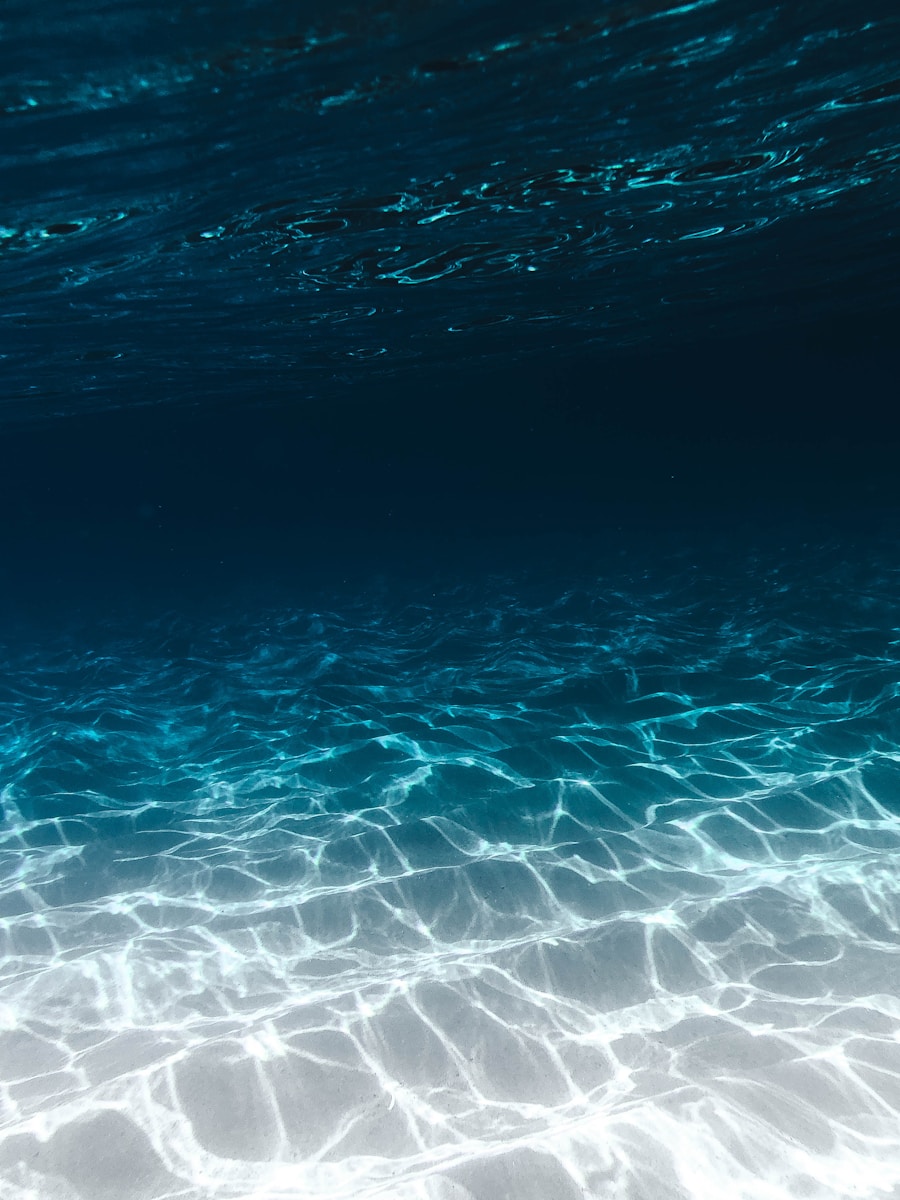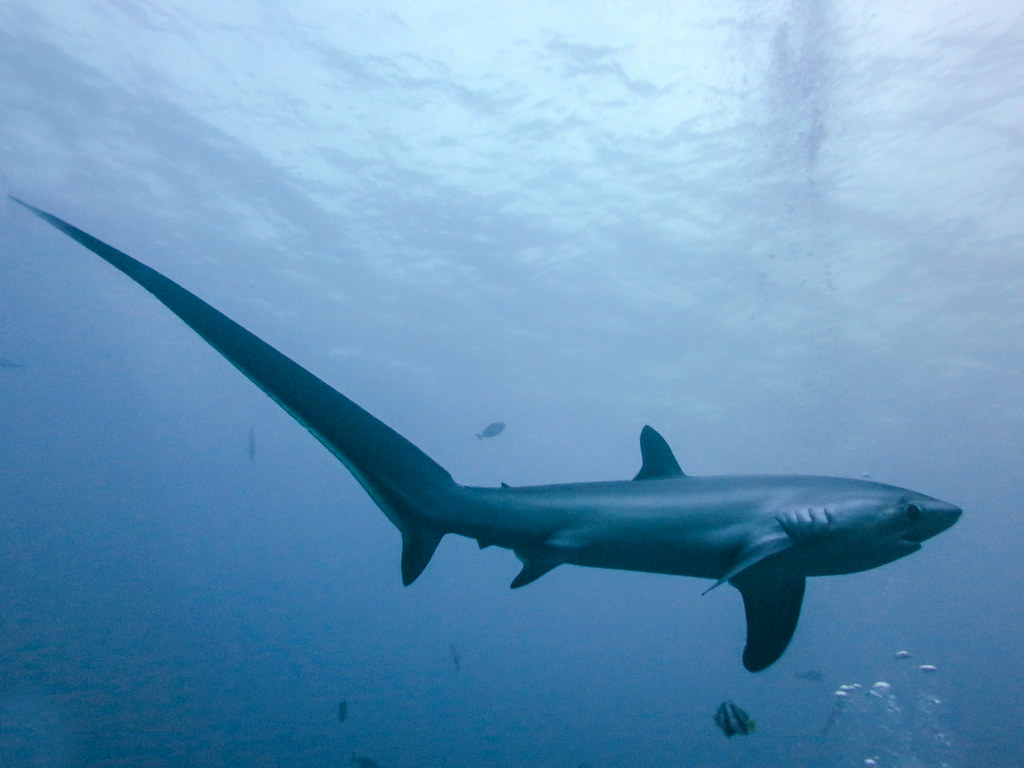According to NASA, Himalayan glaciers are melting at a rapid rate, with half of them disappearing as the planet moves above 1.5 degrees Celsius. Other recent studies have indicated that sea ice loss in both the Antarctic and the Arctic is having an impact on ecosystems. Because of man-made emissions, the world is currently in the midst of a global climate crisis. According to The Guardian, Antarctic sea ice is likely to have reached its lowest annual maximum ever, surpassing the previous record by one million square kilometers around the continent.
New-record summer lows
The ice extent in 2023 was the lowest on record at 1.75 MSE (million square kilometers) below the long-term average and about a million SQK below the previous record low set in 1986.
Since 2016, scientists have been tracking the decline of sea ice in the Antarctic, with some logs showing record lows. Since then, scientists have been attempting to understand the reasons for the decline, which may be linked to global warming and ocean warming, The Guardian reported. According to the NSIDC, early data suggests the sea ice reached a maximum on September 10 at 16.96m sq km, but has since decreased further. “The rate at which Antarctic’s sea ice is growing has been very, very slow since April,” said Dr Will Hobbs of the Australian National University, who is an expert in sea ice.
This is not only a significant deviation from the long-term average, but it is also a departure from the record-setting May of last year, Hobbs said. “It was pretty clear in May that something spectacular was going to happen,” Hobbs said. “The main reason for the decline was that the winds were pushing the ice out of the Ross Sea and into the continent, allowing warm air to build up. But the weather conditions made it more difficult to understand why ice was disappearing across the continent,” he said. Antarctic sea ice typically changes every year and reaches its minimum in February and maximum in September. However, in 2016, the southern continent saw a new summer low begin to appear. Later records also showed new lows breaking previous lows, particularly in February. A new record was also set for the minimum amount of ice in the summer due to sea ice loss.
Related Stories
- https:// earthobservatory.nasa.gov/images/151878/antarctic-sea-ice-sees-record-low-growth#:~:text=Sea%20ice%20around%20Antarctica%20reached,Ice%20Data%20Center%20(NSIDC).
- https:// www.theguardian.com/world/2023/sep/26/antarctic-sea-ice-shrinks-to-lowest-annual-maximum-level-on-record-data-shows
- https:// www.climate.gov/news-features/event-tracker/2023-antarctic-sea-ice-winter-maximum-lowest-record-wide-margin
- https:// public.wmo.int/en/media/news/antarctic-sea-ice-reaches-lowest-winter-extent-record
- https:// www.axios.com/2023/09/27/antarctic-sea-ice-maximum-record-low
Take Action




















